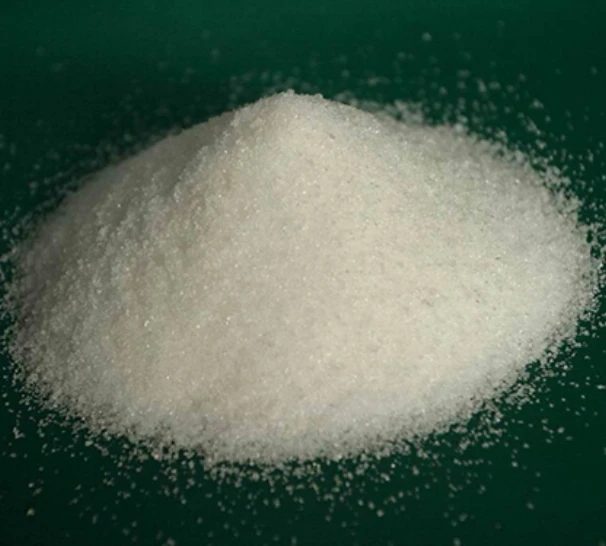Synthesis and Applications of Non-Ionic Polyacrylamide in Modern Industries
Understanding Non-Ionic Polyacrylamide Applications and Benefits
Non-ionic polyacrylamide (NIPAM) is a synthetic polymer that has garnered significant attention in various fields, including agriculture, water treatment, biomedicine, and industrial applications. Its unique properties make it an essential substance in many processes, leading to a growing interest in its versatility and functionality.
1. What is Non-Ionic Polyacrylamide?
Non-ionic polyacrylamide is a water-soluble polymer formed through the polymerization of acrylamide in the absence of ionic functional groups. Unlike ionic polyacrylamides, NIPAM does not carry a positive or negative charge, making it neutral in solution. This neutral charge enables it to interact with a variety of substances while minimizing adverse effects often associated with ionic polymers.
2. Properties of Non-Ionic Polyacrylamide
The non-ionic nature of polyacrylamide results in several unique properties
- Hydrophilicity NIPAM is highly soluble in water, which makes it ideal for use in aqueous environments. This property is crucial in applications such as soil conditioning and water purification.
- Biocompatibility Non-ionic polyacrylamide is generally considered safe for use in biomedical applications, as it does not irritate biological tissues.
- Thickening Agent NIPAM has excellent thickening properties, which can be beneficial in a variety of formulations, from paints to personal care products.
- Stability NIPAM is stable over a wide range of temperatures and pH levels, which is essential for its effectiveness in diverse environments
.non ionic polyacrylamide

3. Applications of Non-Ionic Polyacrylamide
- Agriculture In agronomy, non-ionic polyacrylamide is used as a soil conditioner. It improves soil structure, enhances water retention, and reduces soil erosion. By forming a gel-like structure when mixed with water, it creates a conducive environment for plant roots to thrive, ultimately leading to increased crop yields.
- Water Treatment NIPAM serves as a flocculant in water treatment processes. It helps to clarify water by aggregating fine particles, which can then be easily removed. This process is vital for producing clean drinking water and treating industrial wastewater.
- Biomedical Applications In the biomedical field, NIPAM is employed in drug delivery systems and tissue engineering. Its biocompatibility and tunable properties allow for the controlled release of therapeutic agents and the formation of scaffolds for cell growth.
- Industrial Uses Non-ionic polyacrylamide is used as a thickening agent in various industrial applications, including cosmetics, pharmaceuticals, and food products. Its stabilizing effect helps improve the texture and shelf-life of these products.
4. Environmental Impact and Safety
Despite its widespread use, concerns regarding the environmental impact and safety of polyacrylamide have been raised. Non-ionic polyacrylamide is generally regarded as safer than ionic versions, but proper management and disposal practices are necessary to prevent potential accumulation in ecosystems. Research continues to explore biodegradable options and the environmental behavior of these polymers to ensure sustainability.
5. Conclusion
Non-ionic polyacrylamide is a versatile and valuable polymer with numerous applications across various industries. Its unique properties, including hydrophilicity, biocompatibility, and stability, make it an essential component in agriculture, water treatment, biomedicine, and industrial formulations. As research advances, the potential for NIPAM to contribute to sustainable practices and innovative solutions continues to expand. Ongoing studies into its environmental impact will be crucial in harnessing its benefits while minimizing risks, ensuring that non-ionic polyacrylamide remains a vital resource in the years to come.
-
lk-319-special-scale-and-corrosion-inhibitor-for-steel-plants-advanced-solutions-for-industrial-water-systemsNewsAug.22,2025
-
flocculant-water-treatment-essential-chemical-solutions-for-purification-processesNewsAug.22,2025
-
isothiazolinones-versatile-microbial-control-agents-for-industrial-and-consumer-applicationsNewsAug.22,2025
-
scale-inhibitor-key-solutions-for-water-system-scale-preventionNewsAug.22,2025
-
organophosphonates-versatile-scale-inhibitors-for-industrial-water-systemsNewsAug.22,2025
-
scale-and-corrosion-inhibitor-essential-chemical-solutions-for-water-system-maintenanceNewsAug.22,2025





